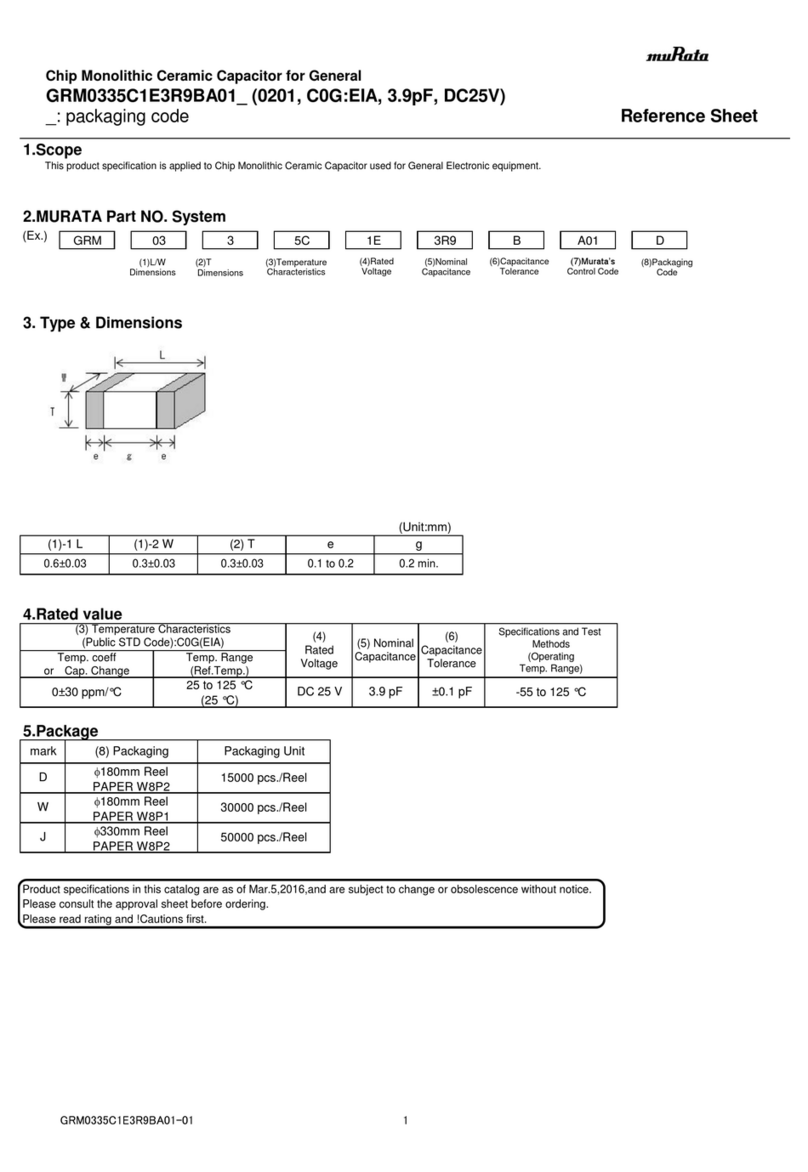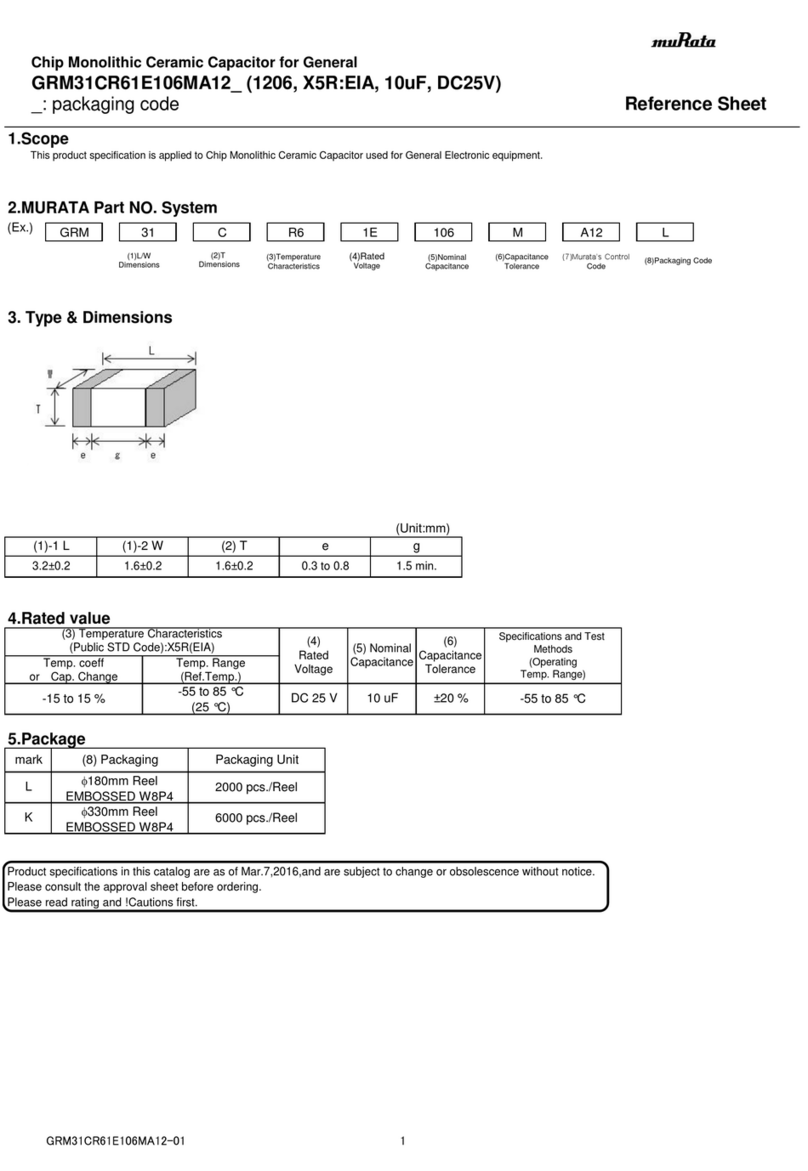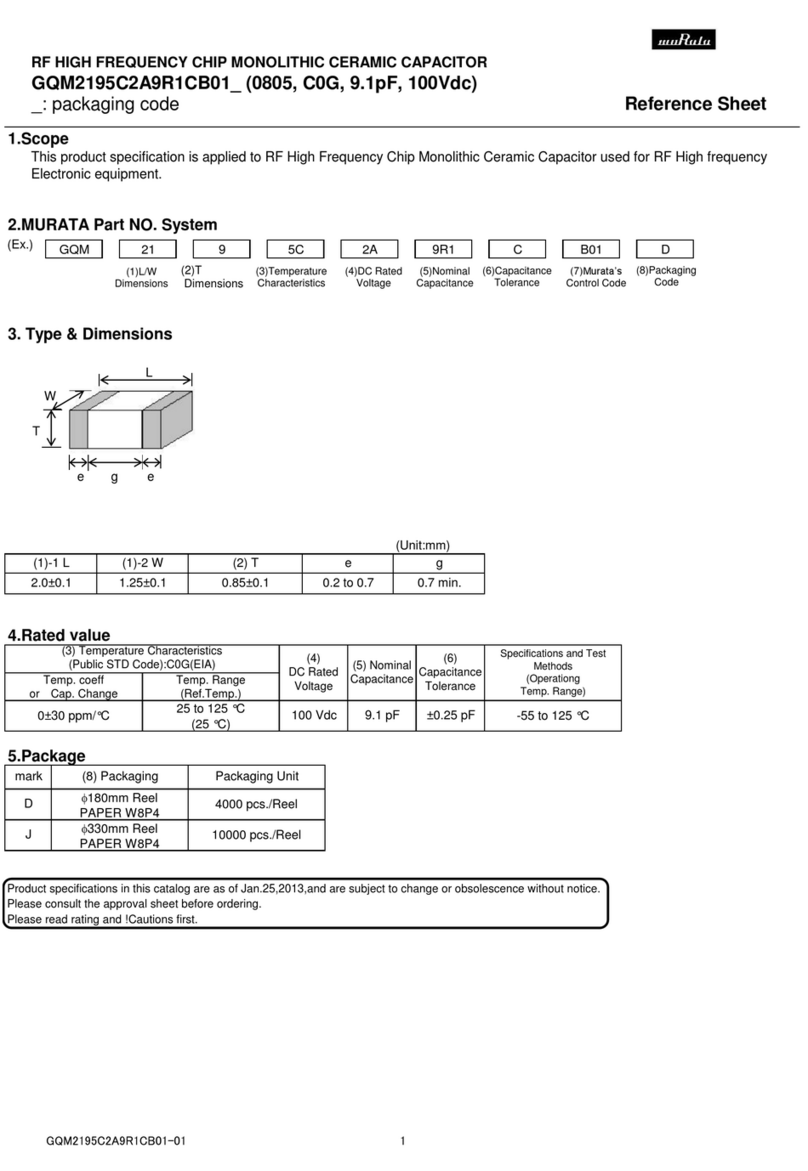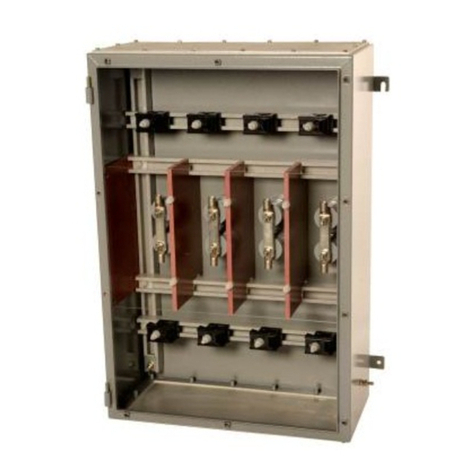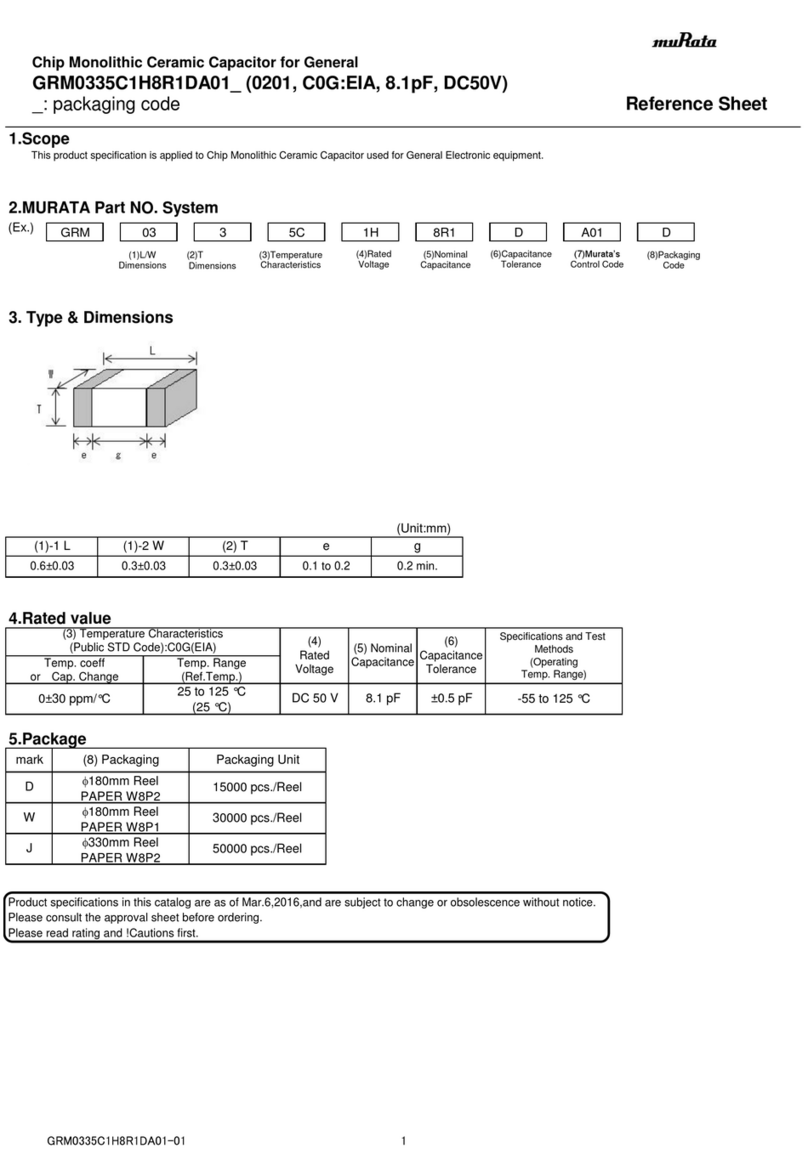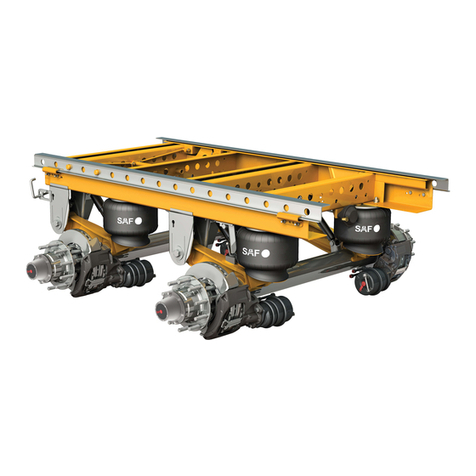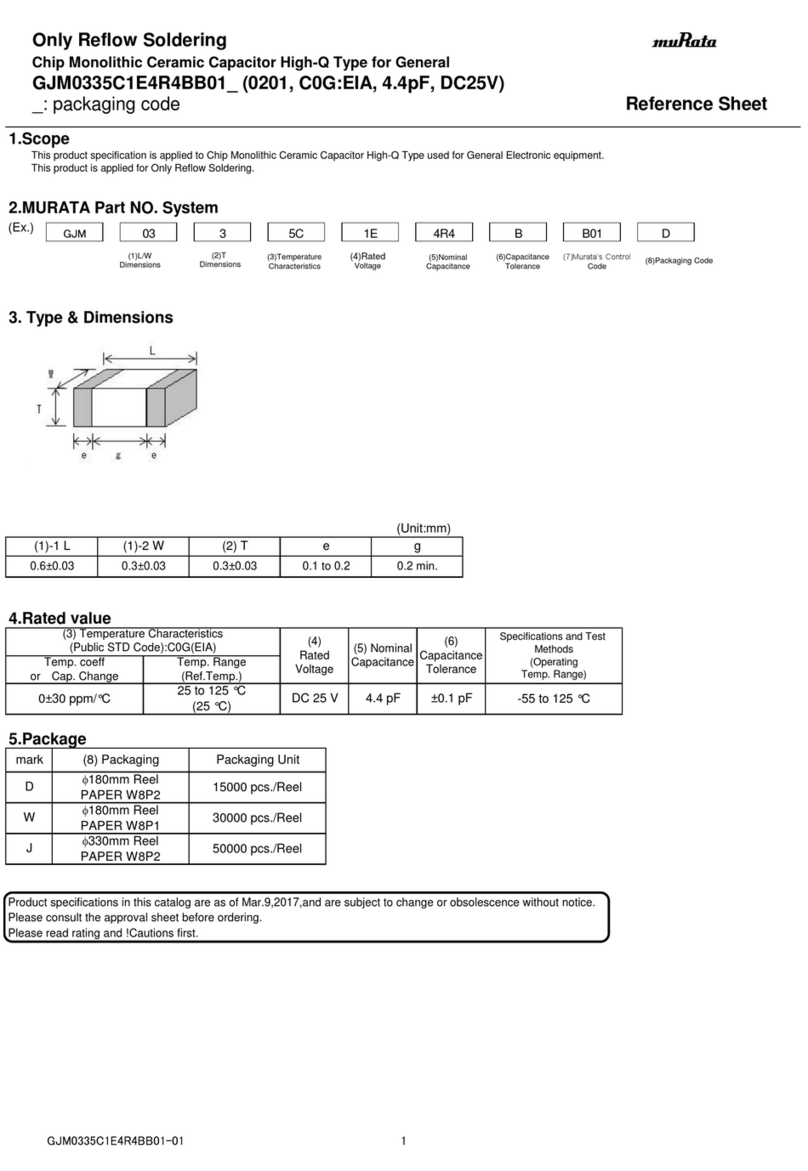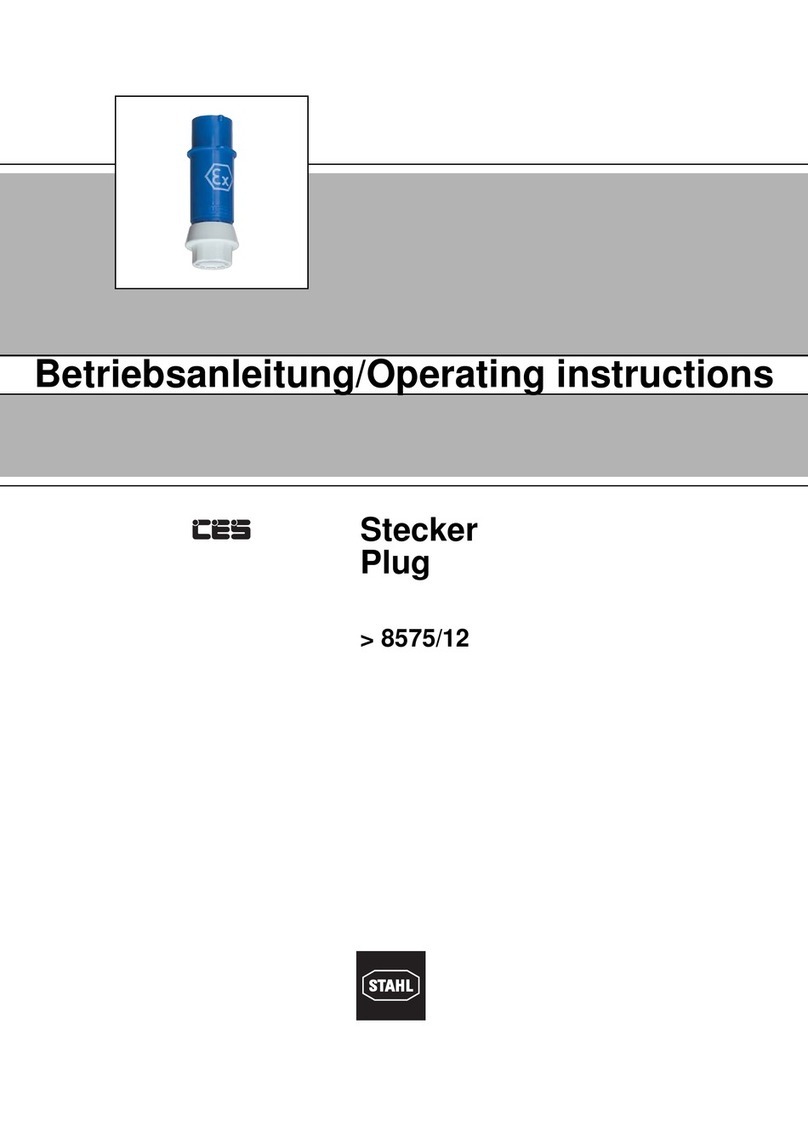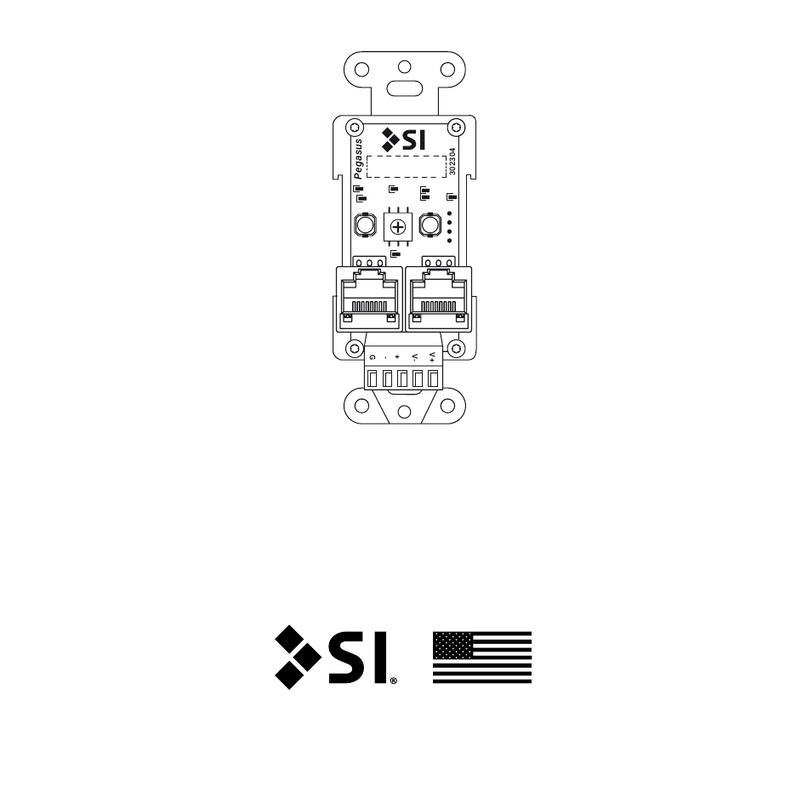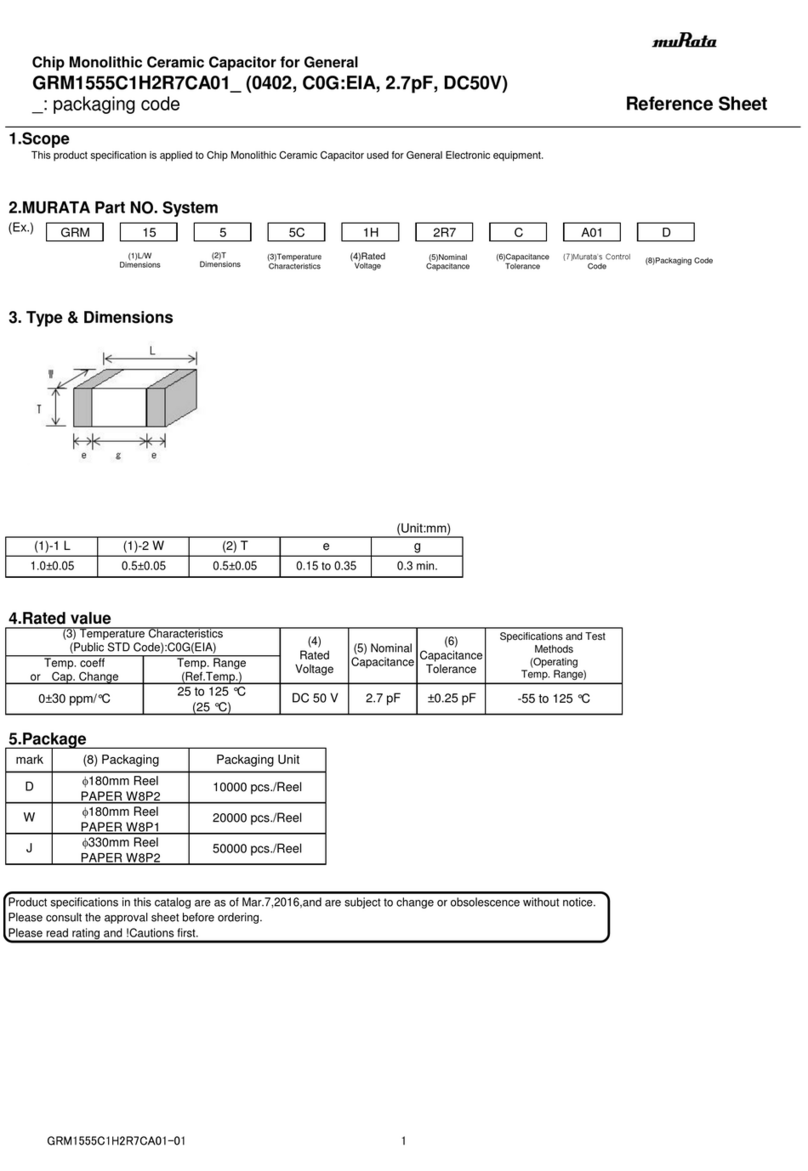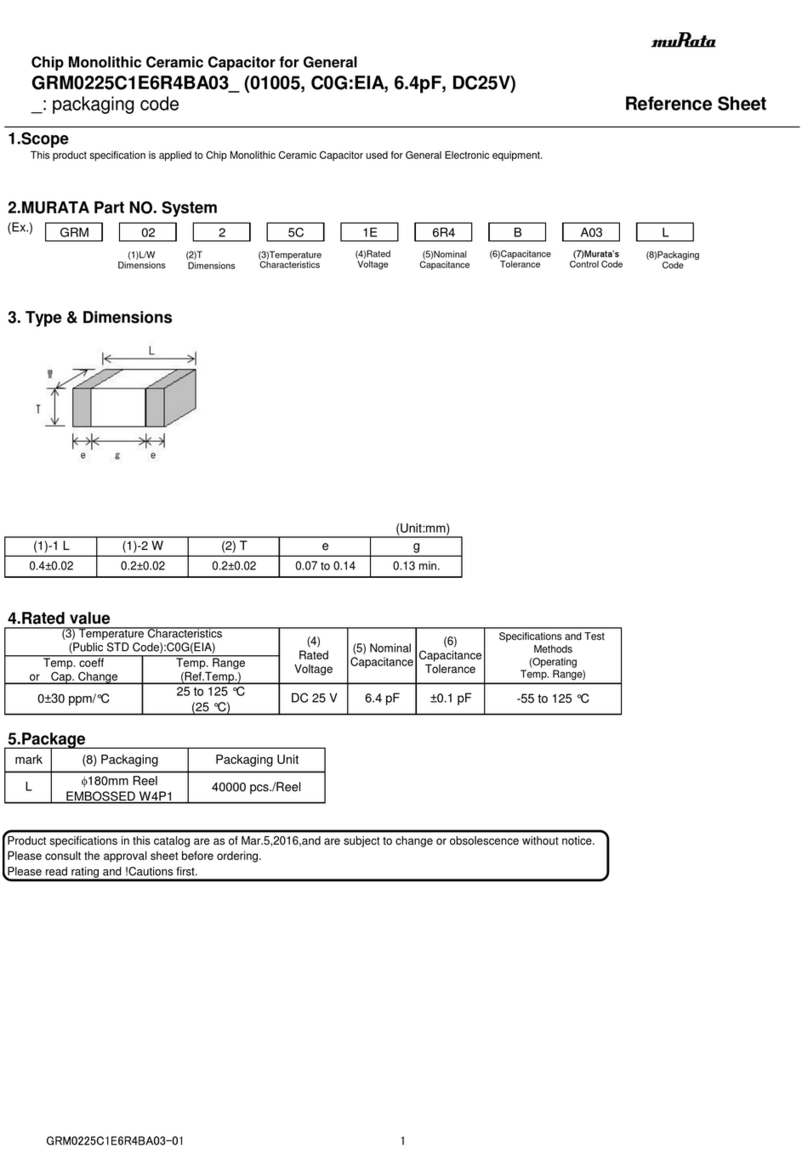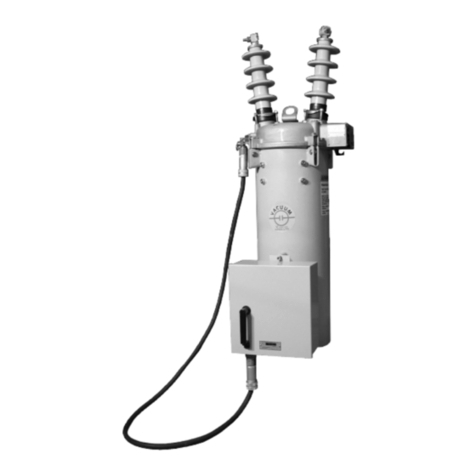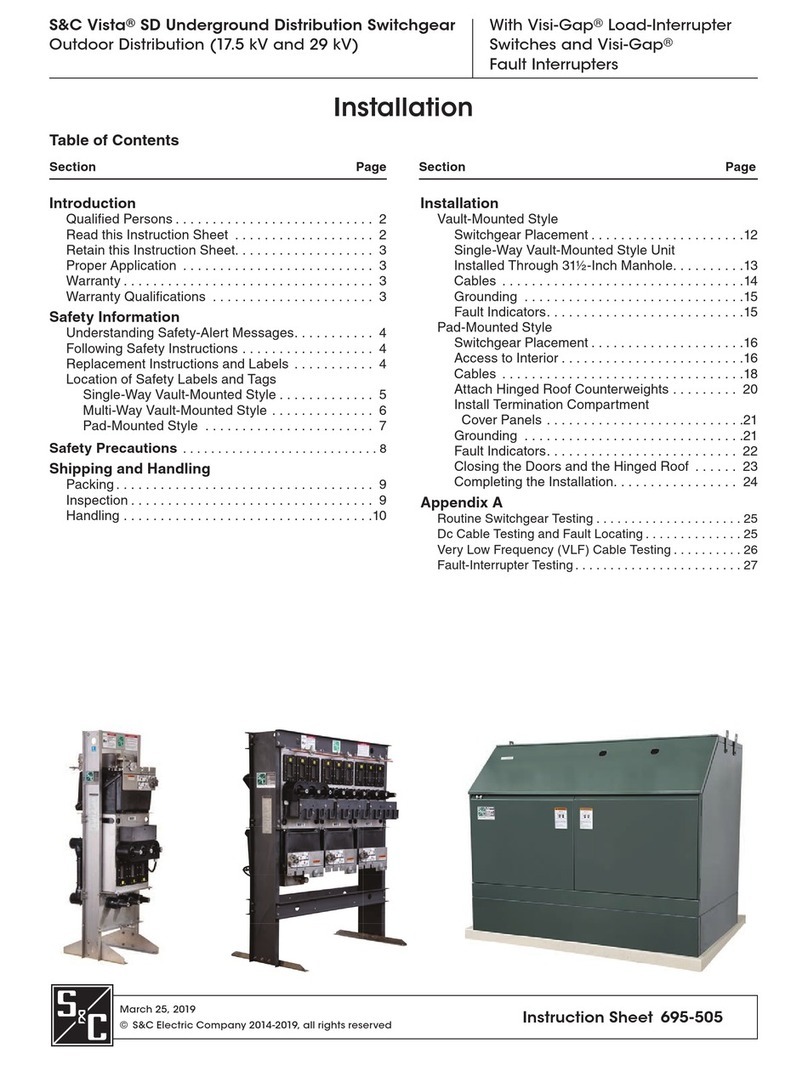
i
CONTENTS
Cautions and Warnings...................................................................1
System Overview..............................................................................2
Common Applications........................................................................................2
What’s in the Box.............................................................................3
Quick Start.........................................................................................4
Installing the Reference Unit...........................................................5
Placing the Reference Unit ................................................................................5
Naming the Reference Unit (Optional) ...........................................................6
Setting Up the Field Unit.................................................................7
Entering Network Address for Each Reference Unit......................................7
Selecting the Time Zone.....................................................................................9
Setting Phase Preferences (Optional)..........................................................10
Setting Phase Sequence...................................................................................... 11
Setting Phase Labels............................................................................................ 12
Setting Phase Angles........................................................................................... 13
Updating the Preferred Roaming List (Optional).......................................13
Changing Backlight Power Save Setting (Optional).................................14
Operating the Hotstick Unit.........................................................15
Calibrating the Field Unit............................................................. 17
Deciding When to Calibrate Again..............................................................19
Using the Field Unit.......................................................................20
Power-Up..........................................................................................................20
Identifying Phases............................................................................................21
“No Match” Readings.....................................................................................23
Adjusting for Phase Shift................................................................................24
Unreferenced Readings...................................................................................25
Viewing Records ..............................................................................................27
Field Unit Sounds.............................................................................................28
Using a Secondary Reference Unit................................................................29
Charging the Field Unit Battery.....................................................................30
Phase Measurement Tips..............................................................31
Handling “No Match” Readings....................................................................31
Single-Phase Transformers.............................................................................32
Three-Phase Transformer Banks....................................................................33
Three-Phase Transformers, Delta-Wye........................................................34
PhaseTrakker Utility...................................................................... 35
Installing the PhaseTrakker Utility.................................................................35
Using the Utility with Reference Unit.............................................................36
Checking Reference Unit Status......................................................................... 36
Verifying the Reference Unit Network Address.............................................. 36
